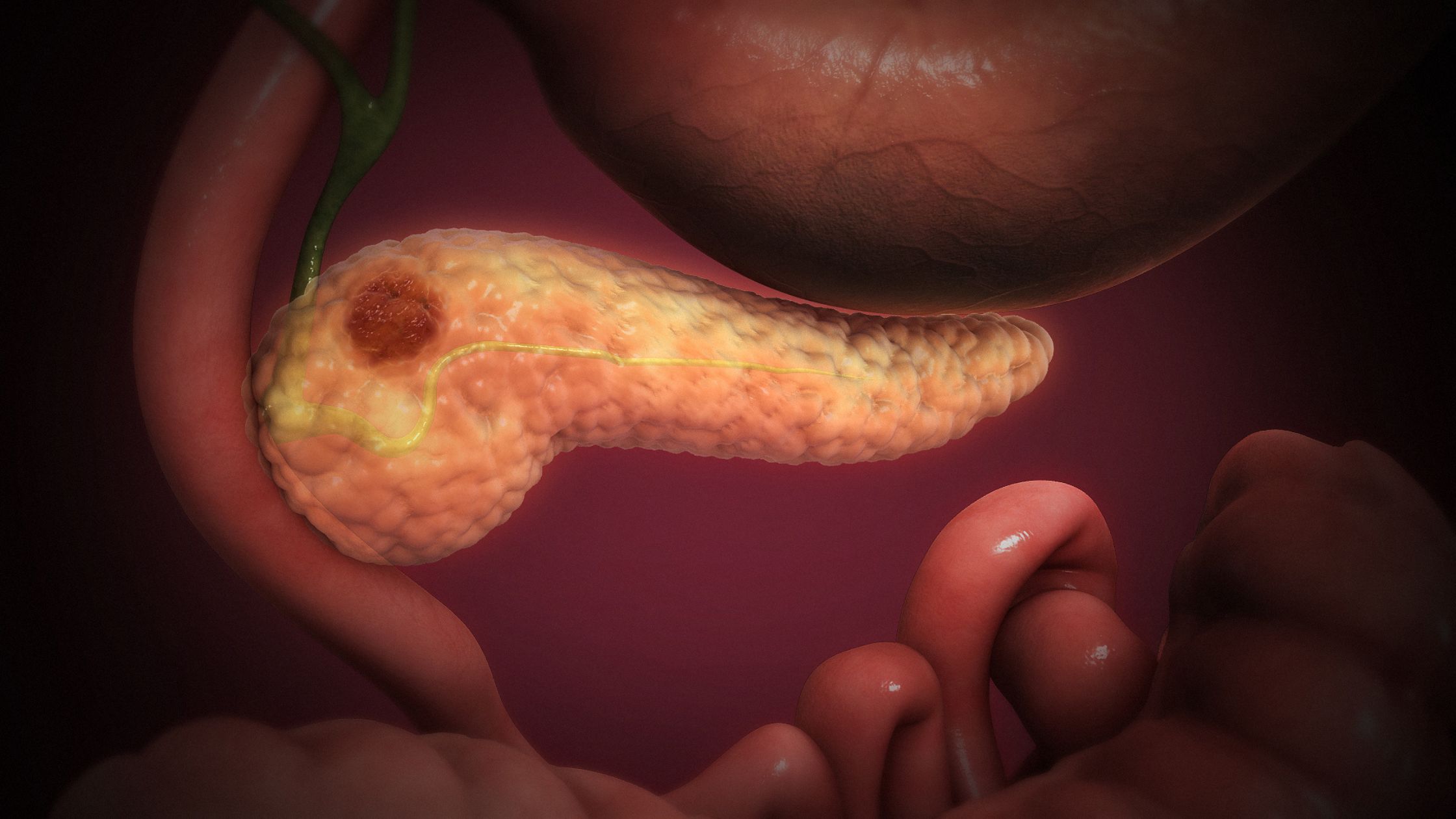The Signs and Symptoms of Pancreatic Cancer
Pancreatic cancer often shows up quietly without making a fuss. This sneaky disease can make you feel tired or cause pain in your stomach. Sometimes, it can even turn your skin yellow. If you catch it early, your chances of fighting it off are better. So, knowing the signs can be a real lifesaver.
Why Worry About Pancreatic Cancer?
You might wonder why this specific type of cancer is so important. Well, pancreatic cancer is tricky because it doesn’t usually show symptoms until it’s pretty advanced. This makes early detection a challenge. According to the National Cancer Institute, pancreatic cancer ranks as the third deadliest cancer in the United States. So, keeping an eye out for the symptoms is crucial.
What Are The Signs and Symptoms of Pancreatic Cancer?

Stomach Pain That Won’t Go Away
One of the most common complaints is a stubborn stomach ache. If you feel a constant pain in your upper abdomen or back, don’t just brush it off as indigestion. This could be your pancreas sending out an SOS.
Feeling Tired All the Time
You know those days when you feel like you can’t get out of bed? If this happens more often and you don’t know why, it might not just be a bad night’s sleep. Continuous fatigue can be a red flag that something’s up with your pancreas.
Weight Loss Without Trying
Who doesn’t love losing a few pounds without making an effort? However, if you find you’re shedding weight without changing your diet or exercise routine, it might not be a cause for celebration. Instead, this could be a sign of pancreatic cancer sneaking up on you.
Your Skin and Eyes Look Yellow
Imagine looking in the mirror and seeing your skin or eyes tinged yellow. This may be a symptom known as jaundice. When your pancreas isn’t working right, it can mess up your liver function, causing a buildup of a substance called bilirubin. And guess what? That can make you look yellow.
Dark Urine and Light Stools
It sounds a bit gross, but checking your pee and poop can offer some serious clues about your health. If your urine is darker than usual and your stool is lighter, you should get checked out. These changes often occur because your liver and pancreas are not getting along well.
Diabetes
You might not think of diabetes as a sign of cancer, but an unexpected diabetes diagnosis can actually be connected to pancreatic cancer. When your pancreas goes haywire, it stops producing enough insulin, the hormone that controls your blood sugar. So, if you suddenly find yourself needing to manage your blood sugar levels, consult a doctor for a comprehensive check-up.
Itchy Skin and Rashes
Sometimes, your skin starts itching like crazy, or you notice rashes popping up. You might think it’s just dry skin or allergies. However, persistent itchiness can be another symptom. It often happens because your liver is stressed out, and that stress is usually due to a struggling pancreas.
Digestive Troubles: Nausea and Vomiting
Ever had those days when your stomach doesn’t feel right? If you’re nauseous often and even throwing up, it could be more than just a stomach bug. Nausea and vomiting are less common but still notable symptoms of pancreatic cancer. These symptoms can occur because the cancer messes with your digestive system.
Changes in Your Poop
Yup, we’re talking about poop again. But this time, we’re focusing on the texture. If you notice your stool becoming oily or floating, it’s not something to ignore. These changes happen when your body isn’t absorbing fats well, which could be due to your pancreas not producing enough digestive juices.
Appetite Loss and Feeling Full Quickly
Imagine sitting down to your favorite meal and finding that you’re not interested. Or maybe you take a few bites and already feel like you’ve eaten an entire buffet. Losing your appetite or feeling full super quickly could be warning signs. Your pancreas plays a role in digestion, so when it’s not working right, your eating habits might change.
Changes in Taste
Your favorite chocolate chip cookie doesn’t taste the same anymore? A sudden change in your sense of taste can also be a sign. Although it’s a rarer symptom, some people with pancreatic cancer report that foods suddenly taste different to them.
Swelling and Fluid Build-up
Sometimes, pancreatic cancer can cause fluid to build up in your abdomen, making you feel bloated and uncomfortable. This condition, known as ascites, can also be a symptom of other issues, but it requires immediate attention.
Frequent Infections
Getting sick more often than usual? Frequent infections like pneumonia can be another sign that your pancreas isn’t doing its job. A compromised immune system can be a side effect of this cancer affecting your body.
Swollen Gallbladder
When your doctor examines you, they might find that your gallbladder is swollen. You can’t feel this yourself, but a healthcare provider can detect it during a physical exam or with imaging tests. A swollen gallbladder can be a result of bile build-up, which might occur if a tumor in the pancreas is blocking the bile ducts.
Blood Clots
Blood clots are another symptom that you might not directly associate with pancreatic cancer. Yet, some people with this cancer develop blood clots in their legs, leading to swelling and pain. If you experience unexplained clotting, it’s essential to get it checked out.
When Should You See a Doctor?
If you notice any of these signs, don’t wait around hoping they’ll go away. Make an appointment with your healthcare provider for a proper diagnosis and action plan. Because the sooner you know what’s going on, the better your chances of kicking this disease to the curb.






